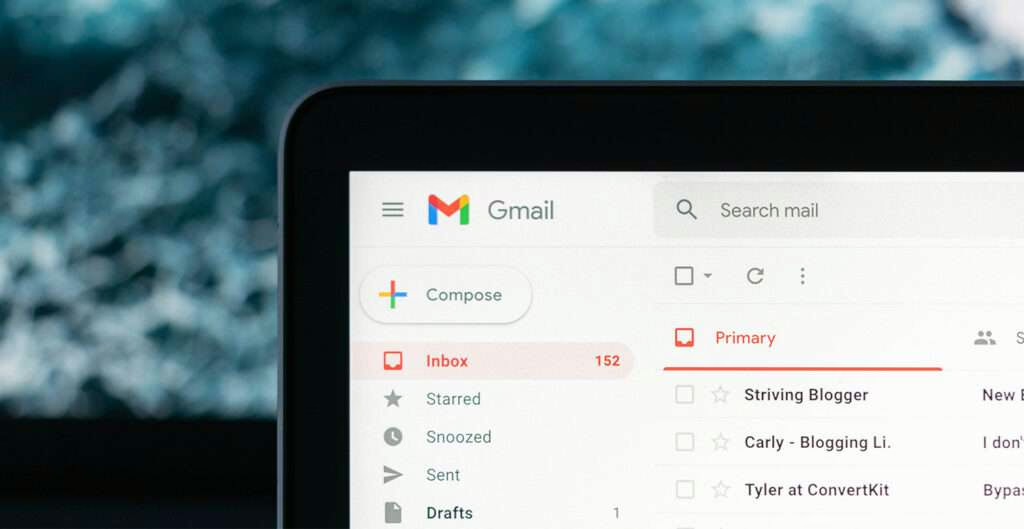Why your Hires “Ghost” and How to Stop it.
We’ve all experienced it: you’re talking with someone, there’s a connection… and then they disappear.
Ghosting is when someone abruptly stops engaging in dialogue, especially during an important process. While the term originates from online dating, it’s also become a hiring problem. Employers used to be more guilty of ghosting when they’d fail to follow up during the interview process; but today, the Great Resignation gives job candidates more leverage— and some can afford not to show up, or even bail in the middle of it.
As hiring has become more automated, ghosting has increased. But why is that problematic? Ghosting creates poor communication and inefficiencies; it’s impolite and unprofessional; and it fundamentally lacks empathy for the other party, cutting off any dialogue or feedback. With ghosting, a human element disappears—further promoting future unprofessional behavior.
However, certain hiring behaviors can make candidates more likely to ghost: automated hiring, a lack of accountability, and poor (or missing) feedback. But there’s lots you can do to build trust along the way and avoid ghosting altogether.
Let’s review how to create a process that helps you hire the right people, ghost-free.
A human touch is an advantage in the automation age
Companies have automated many parts of the hiring process, but those very processes can work against you. Applicant Tracking Systems (ATS) and other AI-driven tools save time and optimize for information management but may reject viable candidates by missing important nuances that a human wouldn’t ignore. A recent Harvard Business School study found that automatic rejection of people with gaps in their employment history are a prime example: when the candidate does not have the opportunity to explain that gap—whether it’s a pregnancy, job searching, building their business—everyone loses.
Other common processes, like automated status and rejection emails, are also becoming outdated. Candidates receive automated emails outside of working hours—and a 3 am “next steps” email signals that no one has really read their application.
These seemingly small process missteps contribute to an enormous perception problem: a lack of empathy from their would-be employer. “If I’m just a cog in an automated system,” candidates think, “it won’t even matter if I stop responding. There’s always another company out there.”

Solve for human-centered hiring
Curate Partners hires humans. We form a personal relationship with every candidate to identify potential and opportunities that AI can’t. All of our recruiters are trained to get on the phone and form genuine relationships with candidates. This allows us to speak with hiring managers about why this candidate might be the right person for their job, even if their resume isn’t keyword-perfect.
Our hiring approach prioritizes robust relationship-building so that both parties keep talking. Both know that we’re on their side to make the right match; both are engaged, vital participants in the process. And when we treat applicants like people, we build relationships on behalf of your company—growing your employer brand perception.
Hiring may be virtual, but accountability shouldn’t be
Accountability can fall second in peak times, especially in virtual hiring. When hiring managers and interviewers aren’t physically in the office to conduct a conversation with a candidate, it’s easy to forget to follow up with someone they’ve only seen on a screen. And likewise, virtual hiring lowers the stakes for candidates. Why take the time to send a thank-you email when they can get another interview tomorrow?
Ghosting happens when people don’t feel like they’re talking to real people on the other side: when neither party feels accountable nor feels like they owe their time.

Keep everyone accountable
Accountability is more important than ever. Being accountable to everyone in the hiring process is the very core of our business— and we drive accountability from our partners and consultants, always.
But what does that mean? For you, that means that the candidates we work with care about accountability as much as we do. And for us, it means being deeply invested in the success of everyone we work with. Accountability means driving that success through open, clear, and consistent communication at all stages of the process.
When you work with Curate Partners—whether you’re a company or a consultant— you’re always working with a real person who looks out for your interests. Recruiters are embedded from the requisition to the post-hire stage, acting as the agent of both parties, and facilitating feedback and dialogue even after placement.
No feedback? No communication.
When you last applied or interviewed for a job, did you expect to get actionable feedback, regardless of how you did or whether you were selected for the next step?
When candidates don’t receive feedback, nothing stops them from backing out of the process. And they won’t give feedback, either. Employers may lose good candidates this way. They also lose the opportunity to understand how the experience resonated with that candidate, and any insight about what went wrong, or how your process could be improved.
First, clarify the process
We explain the process upfront, so there’s no question about how many interviews a candidate will attend, what the hiring managers are looking for, who is hiring, and how long the decision will take. This removes many of the immediate communication barriers. We also work with candidates to understand how many opportunities they have or are exploring, so we can accelerate the process quickly when you find the right match.

Feedback doesn’t stop at hiring
At Curate Partners, all applicants get feedback regardless of their interview performance. And if our candidate doesn’t make the cut this time, we’ll let them know and offer constructive feedback about where they could improve. That’s because we aren’t focusing on just one opportunity: we’re building long-term relationships and partnerships.
Nor does our feedback stop after the hire. We want each candidate to be thrilled to start a new job, to build excitement for their first day, to make it hard for them not to show up, and easy to be engaged!
We’ve found that building relationships like these helps our candidates give their best not just for their interview, but during their entire tenure with you.
Ghosting isn’t random, but you’re empowered to fix it
Most candidates don’t disappear without a reason: ghosting is a symptom of the perfect maelstrom of a hot labor market, an impersonal hiring process, and communication breakdowns. It hurts everyone and results in lost time, money, energy, and professionalism.
You can prevent ghosting with better accountability and communication, by working with a trusted intermediary that excels at both. It’s our job to create, nurture, and sustain the human connection that’s the glue of human-centered hiring. That’s what we do at Curate Partners: we build connections between people and companies, today and tomorrow, so your top candidates become your top employees and remain proud to work for you for years to come.



